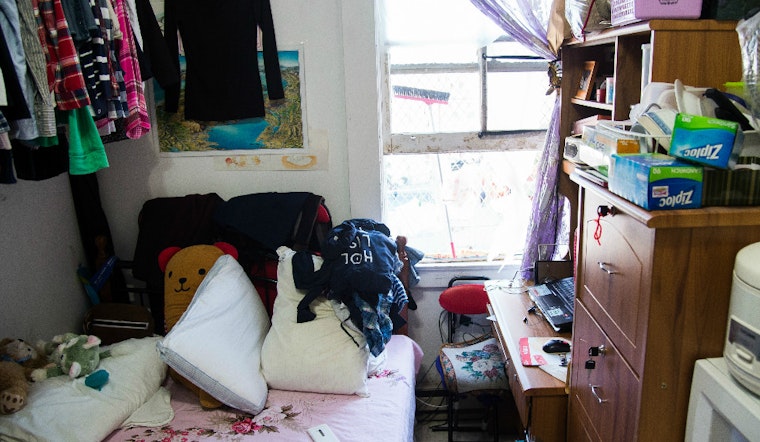
Imagine living with all of your belongings and family members in a room in which you can nearly touch both walls with your arms outstretched.
That's how many families get by in the city, and the vast majority—88 percent— are headed by the working poor who have jobs in industries such as hotels, sales, construction and restaurants. That's just one of the findings in the 2015 SRO Families Report, published by the SRO Families Collaborative.
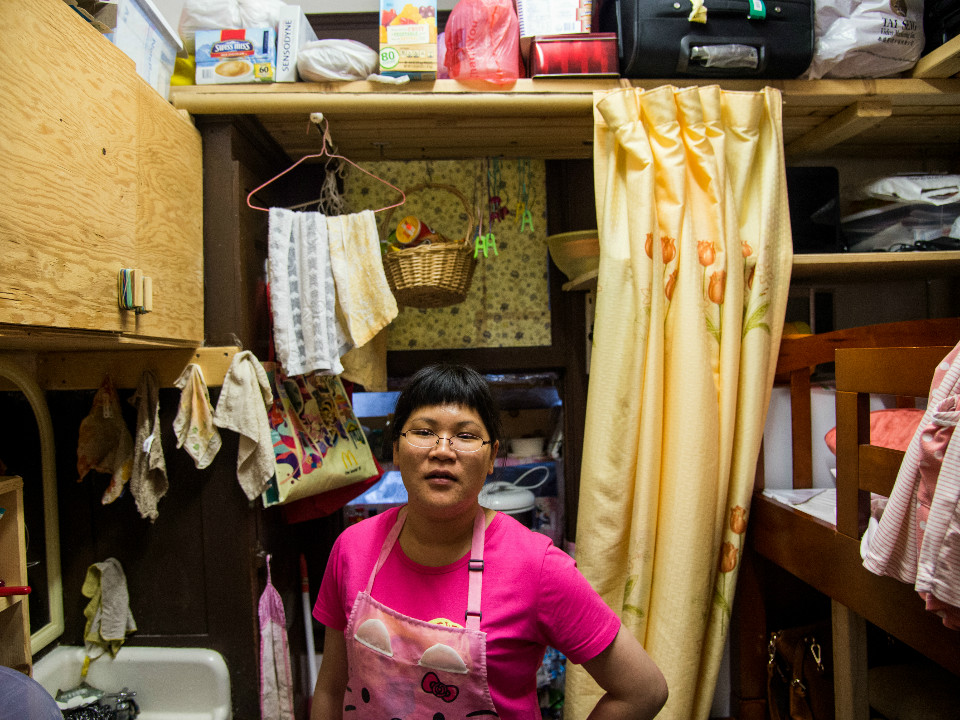
The collaborative began in 2001 to address the needs of families living in single-room occupancy hotels, or SROs. Funding comes from the Department of Building Inspection, with the main objective being increased code enforcement. The collaborative comprises five organizations: Chinatown Community Development Center (CCDC), the Chinese Progressive Association, the Coalition on Homelessness, Dolores Street Community Services, and the South of Market Community Action Network (SOMCAN).
The SRO Families Collaborative did a census of SROs in 2001–02; this is the second. "The reason we decided to do this census is the housing climate is so different now than back then," said Raúl Fernández-Berriozábal, SRO Families United Collaborative Senior Coordinator for the CCDC. "We wanted to see if our services were still relevant and what were the areas of need for families in SROs."
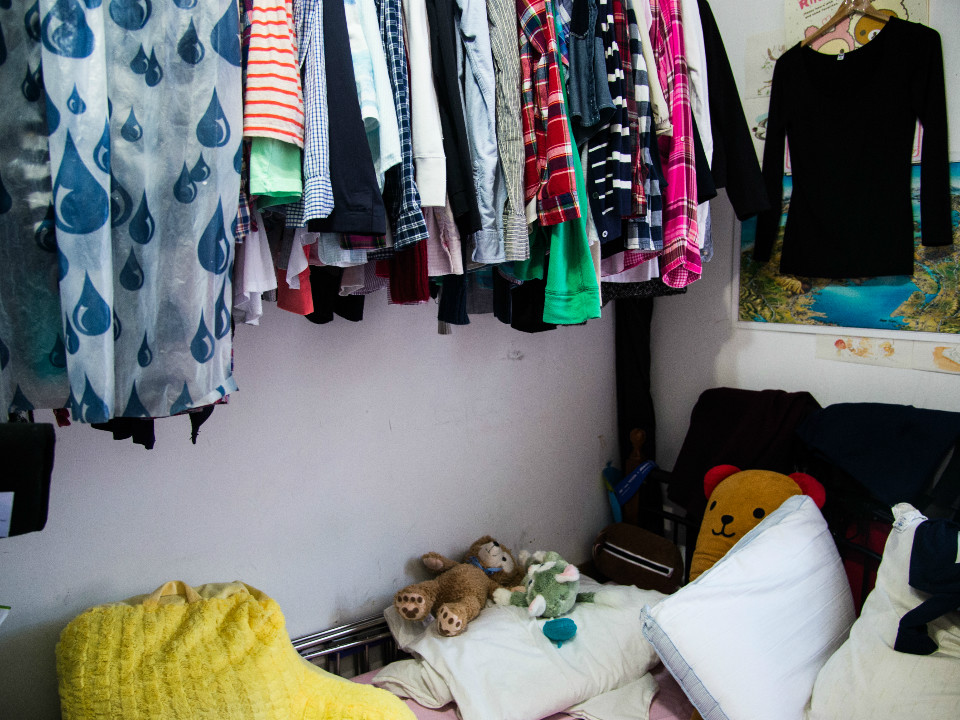
SROs are the only option for many workers making wages that in other cities might allow them to afford full apartments, but not in San Francisco. Here, the median rent for a one-bedroom apartment as of August was $3,452. As a result, families live in often run-down buildings with shared bathrooms and kitchens. Note: Not all SROs are sub-par; CCDC owns and manages several that, while the rooms are small, are well-kept and conveniently located.
The collaborative surveyed 600 units. There are approximately 530 SRO hotels in the city, which are home to more than 18,000 people. The report outlined shocking statistics, including:
- There's been a 55 percent increase in families living in SROs across the city, with a 14 percent increase in Chinatown and 5.4 increase in SoMa (the Mission has seen a nearly 9 percent decrease, largely due to gentrification).
- The cost of housing for those in SROs, some of which aren't rent controlled, has gone up 25 percent over the past four years. As of the release of the study, the average cost per month for a room in Chinatown was $700; in the Tenderloin, $900; in the Mission, $950; and in SoMa, $1,000. But those numbers are already skyrocketing; Fernández-Berriozábal said Chinatown rooms are up to an average of $1,000 a month now.
- Nearly half (49 percent) of SROs house up to three people; 40 percent have four or more occupants and 11 percent have five or more. Many of these rooms are about 8 feet by 10 feet; they're comparable to a small hotel room.
- Nearly half (48 percent) of families in SROs report their health had been negatively impacted. The most common complaint was respiratory problems (63 percent), followed by insufficient light (27 percent), infections due to unsanitary conditions such as mold, lead exposure, air pollution, blood in shared bathrooms, rodents and bed bugs (15 percent), and sleep deprivation due to noise in the hotel (13 percent).

The full report is online, with the executive summary starting on page 7. The goal of the study, Fernández-Berriozábal said, was "first, to feel the pulse of the community and see how they’ve been affected by the housing crisis. The second one, after evaluating our findings, was to create a set of recommendations for policymakers."
Those recommendations include numerous plans for employment, eviction prevention, better housing, education, building improvements, tenant empowerment and civic engagement. Of those, housing is key.
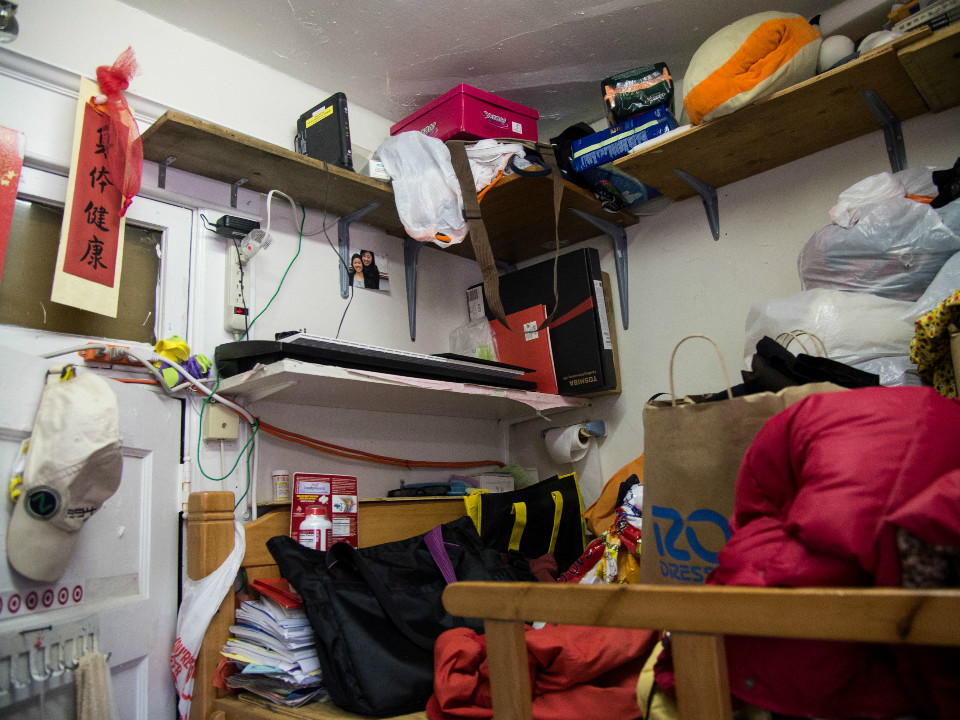
Since the start of the collaborative to today—15 years—only 40 families have transitioned from SROs to affordable housing, Fernández-Berriozábal said. Of those, 18 moved earlier in 2015 when the Broadway-Sansome Apartments opened.
Reports abound of dangerous conditions in SROs where women and children are sexually abused in bathrooms and drug use is rampant. Some families use buckets as a toilet because they're afraid to leave their room. Even in the better SROs, kitchens include lockers so other tenants don't steal pots, pans or spices. And it's difficult for children to find space to do homework.

Another issue is that many SRO families are immigrants. “Many of them are undocumented, so they’re super afraid to report anything,” Fernández-Berriozábal said. Only 14 percent of the heads of households are fluent in English; 62 percent come from China and Hong Kong.
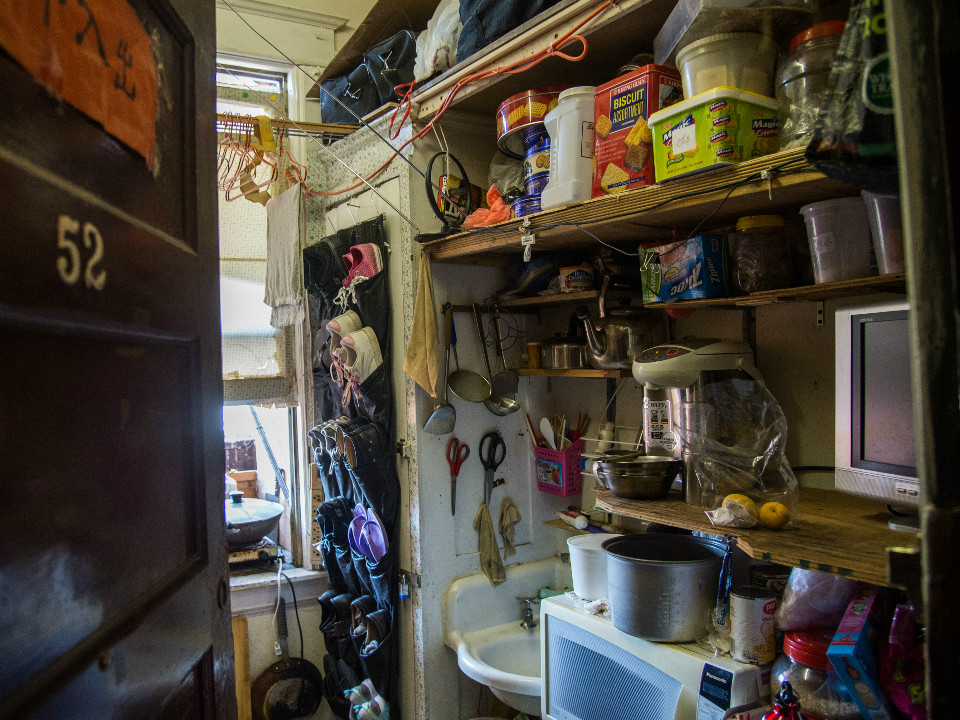
Some families are in conditions sub-par to even SROs, Fernández-Berriozábal said. "I’ve seen garages for rent in the Tenderloin for $400, $500." He also knew of a husband and wife living with their baby in the closet of a house, and they were paying $1,000 for it. "There was no circulating air, and the baby was developing these respiratory infections," he said.
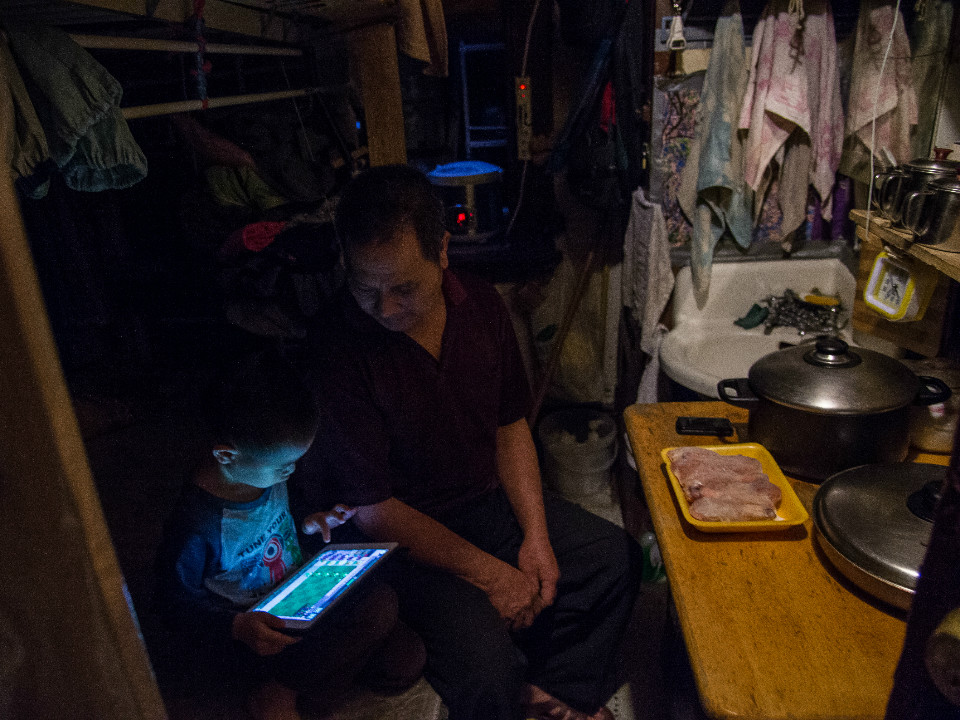
So what's next now that the study has brought to light so many revelations? "Right now, we’re scheduling meetings with the San Francisco Unified School District," Fernández-Berriozábal said. "We’re going to bring these recommendations to the school board. We hope to have meetings with the Board of Supervisors. With Chinese Progressive Association, they have a lot of expertise in the area of employment, so we’re relying on them to do presentations to key players."
"This is the most affluent city in perhaps the most affluent country in the world," Fernández-Berriozábal. "Yet it’s dedicated less than two percent of its budget to public housing." He added, "Some people have been waiting for 12 years" for better-quality affordable housing. "It’s that sense of desperation. There’s no options."









